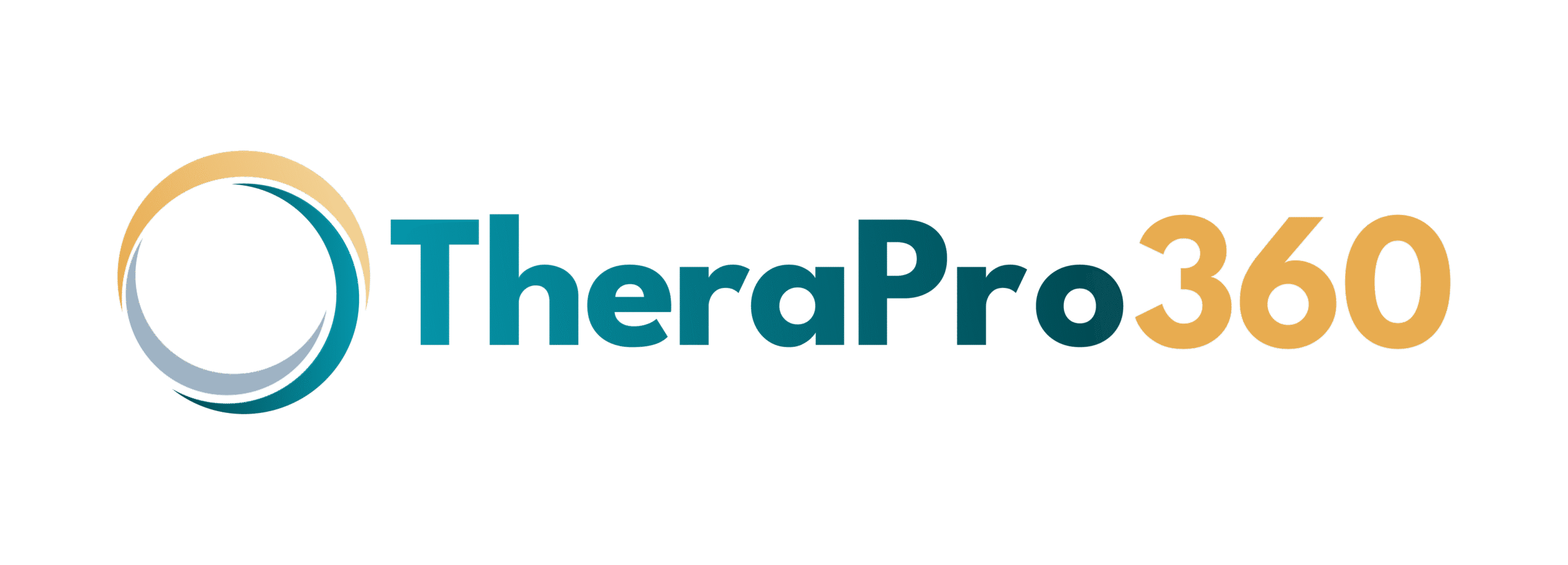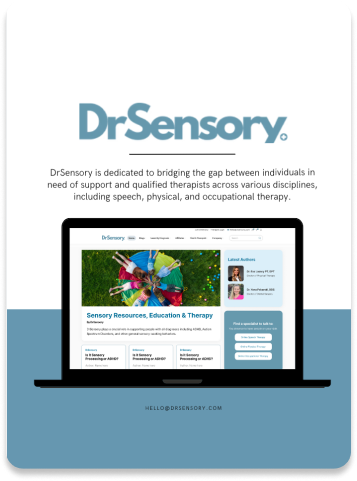
Blog
Understanding the Differences Between EHR and Practice Management Software
Expert web designers ensure the site and software is easy to use.Understanding the Differences Between EHR and Practice Management Software
In the realm of healthcare technology, Electronic Health Records (EHR) and Practice Management Software (PMS) are two critical systems that often work in tandem to optimize the operations of healthcare practices. However, each serves distinct purposes and brings unique functionalities to the table. This blog explores these differences, delves into related features, and examines how TheraPro360 integrates these systems to deliver a comprehensive solution.

Defining Electronic Health Records (EHR)
Electronic Health Records, commonly known as EHR, are digital versions of patients’ paper charts. These comprehensive records include a patient’s medical history, diagnoses, medications, treatment plans, immunization dates, allergies, radiology images, and laboratory results. EHR systems are designed to streamline the documentation of patient care and facilitate the sharing of information among healthcare providers, ensuring coordinated and effective treatment.
Key Functions of EHR
The primary function of an EHR is to support clinical operations. Features of EHR include:
- Clinical Data Management: EHRs store detailed patient information and clinical documentation, providing healthcare providers instant access to critical health data.
- Interoperability: EHRs enable data sharing across different healthcare systems, ensuring seamless care coordination.
- Patient Engagement: Many EHRs include patient portal features that allow individuals to access their health information, engage in healthcare decisions, and communicate with their providers.
Understanding Practice Management Software (PMS)
Practice Management Software is designed to manage the day-to-day operations of a medical practice. PMS handles administrative and financial functions such as scheduling appointments, billing processes, patient registration, and insurance claims management. Its key role is to enhance the efficiency of practice operations and improve financial performance.
Key Functions of PMS
Core features of practice management software include:
- Appointment Scheduling: Allows for the efficient booking, rescheduling, and management of patient appointments.
- Billing and Financial Management: Automates billing processes, tracks payments, and manages insurance claims.
- Office Workflow Automation: Streamlines administrative tasks to free up staff time and reduce operational errors.
How EHR Differs from PMS
While both systems are essential, EHRs focus primarily on patient care and clinical data, whereas PMS emphasizes the business and administrative aspects of running a healthcare practice. Here are some key differences:
- Objective:
- EHR is patient-centric, focusing on health records and improving patient care.
- PMS is operations-centric, streamlining administrative and financial workflows.
- Data Handling:
- EHR manages patient-specific clinical data.
- PMS manages practice-specific data, such as schedules, billing, and insurance information.
- Primary Users:
- EHR is primarily used by healthcare providers, including doctors, therapists, and nurses.
- PMS is used by administrative staff, including receptionists and billing specialists. Therapists who own their own practices tend to use practice management software to manage all of their clinic operations.
Integrating EHR and PMS with TheraPro360
TheraPro360 offers an integrative approach by combining EHR and PMS functionalities, providing a seamless solution that addresses both clinical and administrative needs. Here’s how it benefits healthcare practices:
- Unified Patient Data Access: With TheraPro360, providers can access patient records and manage practice operations within a single platform, improving workflow efficiency.
- Enhanced Coordination: The integration ensures consistent data flow between EHR and PMS systems, minimizing discrepancies and redundancies.
- Improved Patient Care: By streamlining administrative processes and ensuring accurate clinical data, TheraPro360 supports better patient outcomes and satisfaction.
Expanding on Related Features
Alongside the integration of EHR and PMS, TheraPro360’s robust platform includes additional features:
- Reporting and Analytics: Real-time insights into clinical performance and business operations to aid in strategic decision-making.
- Patient Portals: Allow patients to access their records, schedule appointments, and communicate with providers.
- Compliance and Security: Ensures adherence to healthcare regulations like HIPAA, maintaining data security and privacy.
- Telemedicine Support: Facilitates remote consultations, expanding patient reach and accessibility.
Future Trends in EHR and PMS Integration
The future of healthcare technology lies in greater integration and innovative features that leverage artificial intelligence for predictive analytics and backend workflow, personalized medicine, and enhanced data security. EHR and PMS systems will evolve to provide more seamless and user-friendly experiences, further transforming the landscape of healthcare delivery.
Understanding the differences between Electronic Health Records and Practice Management Software is essential for healthcare providers looking to enhance both clinical care and operational efficiency. TheraPro360 stands out by integrating the essential functionalities of both systems, offering a comprehensive solution that meets the diverse needs of modern therapy practices. By embracing such integrated technology, therapists can maintain their focus on delivering exceptional care while effectively managing practice operations and improving overall patient satisfaction.
Why TheraPro360?
Run your practice with simplicity with our streamlined scheduling, seamless telehealth integration, centralized patient portals, intuitive calendar management, and automated invoicing.
Get Started TodayAuthors and Contributors

Eva Lassey PT, DPT
Co-Founder of TheraPro360
Dr. Eva Lassey PT, DPT has honed her expertise in developing patient-centered care plans that optimize recovery and enhance overall well-being. Her passion for innovative therapeutic solutions led her to establish DrSensory, a comprehensive resource for therapy-related diagnoses and services.

Irina Shvaya
Co-Founder of TheraPro360
Irina Shvaya is the Founder of eSEOspace, a Software Development Company. She combines her knowledge of Behavioral Neuroscience and Psychology to understand how consumers think and behave.
Contents

Build Your Therapy Practice Online With a Website That Actually Works
At TheraPro360, we’re more than just software — we’re your all-in-one partner for practice management and online growth. From custom websites to SEO and marketing, we help therapists modernize their online presence and attract more patients.
Whether you're starting fresh or your current site needs a serious upgrade, our streamlined, white-glove process takes the stress out of getting results — so you can focus on what matters most: your patients.
Ready to Grow Your Practice?
👉 Schedule Your Free Discovery Call Now
Let’s build your online presence — together.














